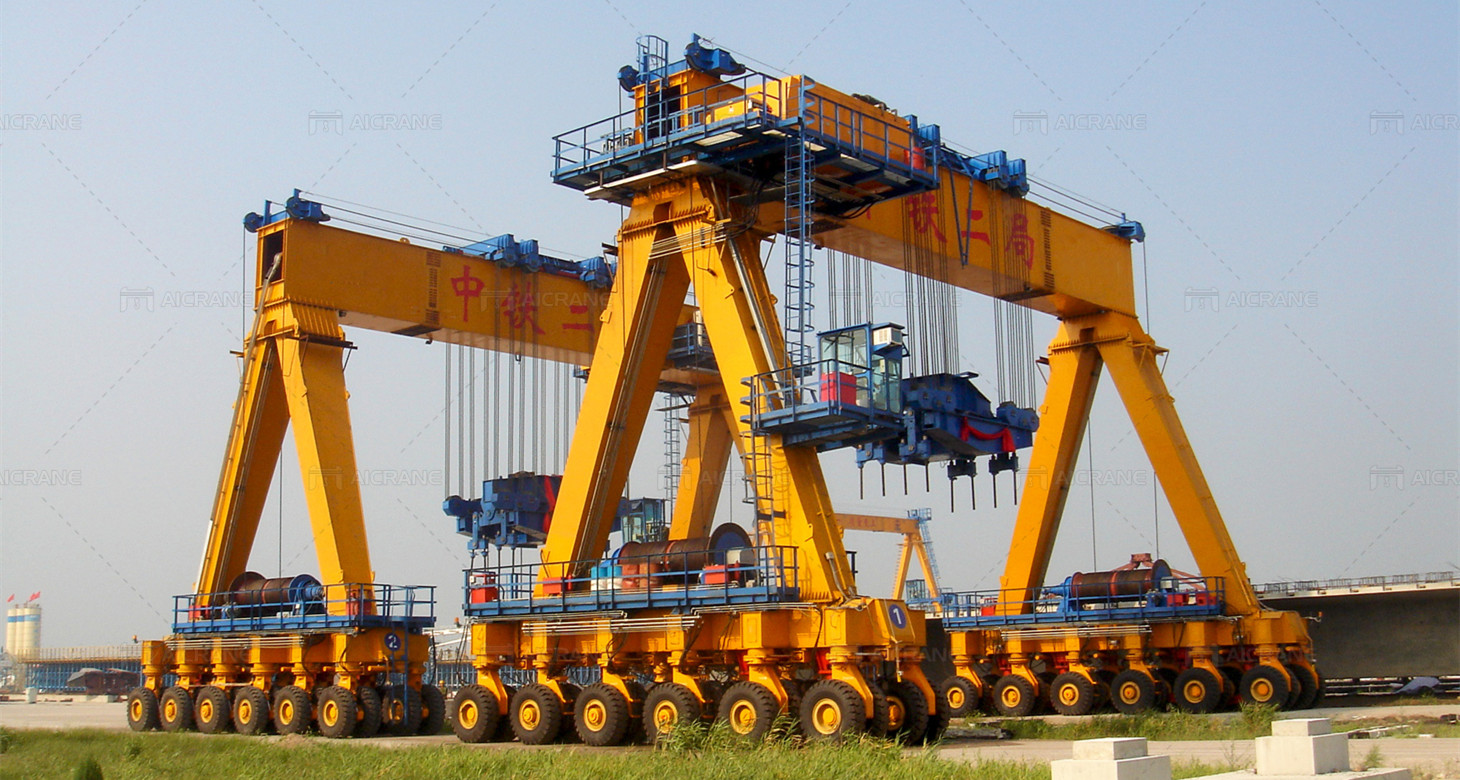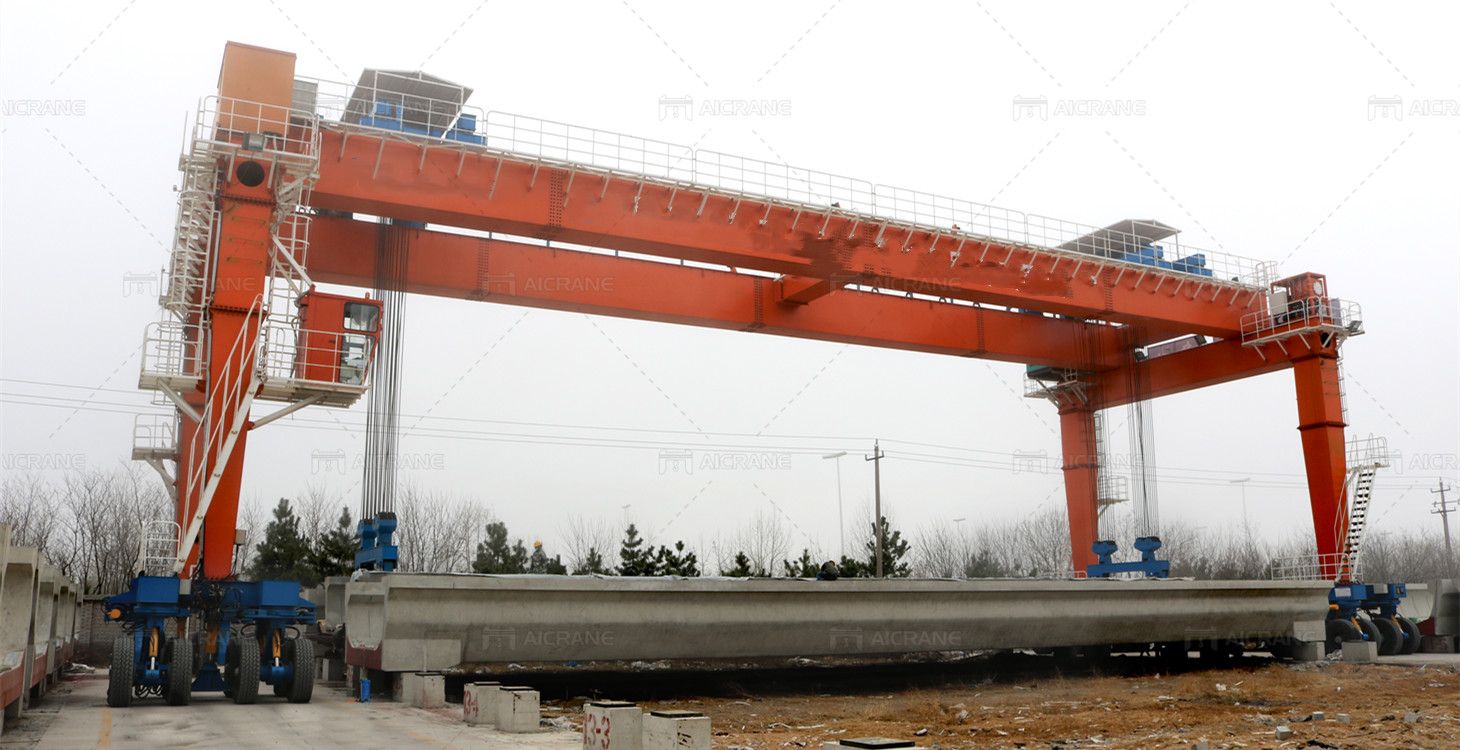Straddle carriers are essential equipment in container terminals and ports, playing a critical role in the transportation, stacking, and management of shipping containers. If you’re looking to expand your fleet or replace aging equipment, finding a straddle carrier for sale can be a significant investment. This guide provides comprehensive steps and tips to help you navigate the process of finding and purchasing a straddle carrier that meets your operational needs and budget.

Understanding Your Requirements
Before you start searching for a straddle carrier for sale, it’s crucial to have a clear understanding of your specific requirements. Consider the following factors:
Capacity: Determine the weight capacity you need. Straddle carriers come in various capacities, typically ranging from 40 to 60 tons. Ensure the carrier can handle the weight of the containers you will be moving.
Height and Width: Consider the height and width of the straddle carrier. This will depend on the size of the containers you handle and the space constraints in your terminal or yard.
Maneuverability: Evaluate the maneuverability of the straddle carrier gantry crane. If you have a compact or crowded yard, you may need a carrier with a smaller turning radius.
Lifting Speed: Consider the lifting speed and efficiency of the straddle carrier. Faster lifting speeds can increase your operational efficiency.
Fuel Type: Decide whether you need a diesel-powered, electric, or hybrid straddle carrier. Each type has its benefits and considerations, such as fuel efficiency, environmental impact, and maintenance requirements.
Researching Potential Suppliers
Once you have a clear understanding of your requirements, the next step is to research potential suppliers. Here are some tips for finding reputable suppliers:
Online Search: Start with an online search for “straddle carrier for sale.” This will give you a list of manufacturers like Aicrane, dealers, and online marketplaces that offer straddle carriers.
Industry Directories: Utilize industry directories and trade associations to find reputable suppliers. Organizations like the International Cargo Handling Coordination Association (ICHCA) or the Port Equipment Manufacturers Association (PEMA) often have member directories.
Trade Shows and Exhibitions: Attend industry trade shows and exhibitions. These events are excellent opportunities to meet suppliers, see the equipment in person, and discuss your requirements directly with manufacturers.
Networking: Leverage your professional network. Reach out to colleagues, industry contacts, and other terminal operators to get recommendations and referrals for reliable suppliers.
Evaluating Suppliers
After identifying potential suppliers, the next step is to evaluate them based on several criteria:
Reputation: Look for suppliers with a strong reputation in the industry. Check online reviews, testimonials, and case studies to gauge customer satisfaction.
Experience: Consider the supplier’s experience in manufacturing and selling straddle carriers. Companies with a long history in the industry are likely to have refined their products and services over time.
Product Range: Evaluate the range of straddle carrier heavy duty gantry cranes the supplier offers. Ensure they have models that meet your specific requirements.
Certifications and Standards: Verify that the supplier’s straddle carriers comply with international standards and hold relevant certifications. This ensures the quality and safety of the equipment.
After-Sales Support: Assess the supplier’s after-sales support, including warranty, maintenance services, and availability of spare parts. Reliable after-sales support is crucial for the long-term performance of your straddle carrier.

Requesting Quotes and Proposals
Once you have shortlisted potential suppliers, request detailed quotes and proposals. Here are some tips for this stage:
Detailed Requirements: Provide suppliers with detailed information about your requirements. This includes capacity, dimensions, lifting speed, fuel type, and any specific features you need.
Comparative Analysis: Request quotes from multiple suppliers to compare prices, specifications, and terms. Ensure that the quotes include all costs, such as the straddle carrier, shipping, installation, and any additional services.
Customization Options: Inquire about customization options. Some suppliers may offer tailored solutions to meet your unique operational needs.
Evaluating Proposals
After receiving quotes and proposals, carefully evaluate them based on several factors:
Cost vs. Value: Consider not only the initial cost but also the long-term value. A slightly more expensive straddle carrier with better features and support may be more cost-effective in the long run.
Technical Specifications: Ensure the proposed straddle carriers meet your technical requirements and operational needs.
Warranty and Support: Evaluate the warranty terms and after-sales support. A robust warranty and reliable support can reduce downtime and maintenance costs.
Site Visits and Demonstrations
If possible, request site visits and demonstrations. This provides an opportunity to see the straddle carrier in action and assess its build quality, performance, and ease of operation. It also allows you to interact with the supplier’s team and ask any additional questions.
Negotiating Terms and Finalizing the Purchase
Once you have selected a supplier, negotiate the terms and conditions of the purchase. Consider the following aspects:
Price and Payment Terms: Negotiate the final price and agree on payment terms that are mutually beneficial.
Delivery and Installation: Clarify the delivery schedule and installation process. Ensure the supplier provides a clear timeline and plan.
Warranty and Support: Ensure the warranty terms are clearly defined and that you have access to reliable after-sales support.
Maintaining Communication
Maintaining open and regular communication with the supplier throughout the procurement and installation process is crucial. Regular updates and discussions can help address any issues promptly and ensure the project stays on track.
Post-Purchase Support
After the straddle carrier is delivered and installed, continue to engage with the supplier for ongoing support and maintenance. This ensures the straddle carrier operates efficiently and any issues are resolved quickly.
Finding a straddle carrier for sale involves a well-planned and methodical approach. By understanding your requirements, researching potential suppliers, and evaluating proposals carefully, you can identify the best straddle carrier for your operational needs. Requesting site visits and demonstrations, negotiating terms, and maintaining communication further ensure a successful purchase. Following these tips will help you navigate the process effectively and establish a productive relationship with your chosen supplier, ultimately enhancing the efficiency and performance of your terminal or yard operations.